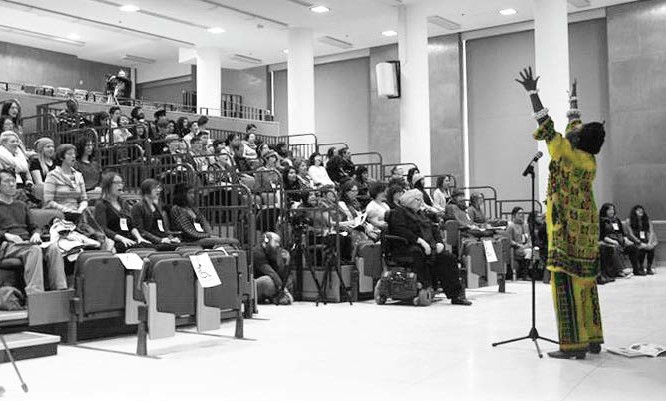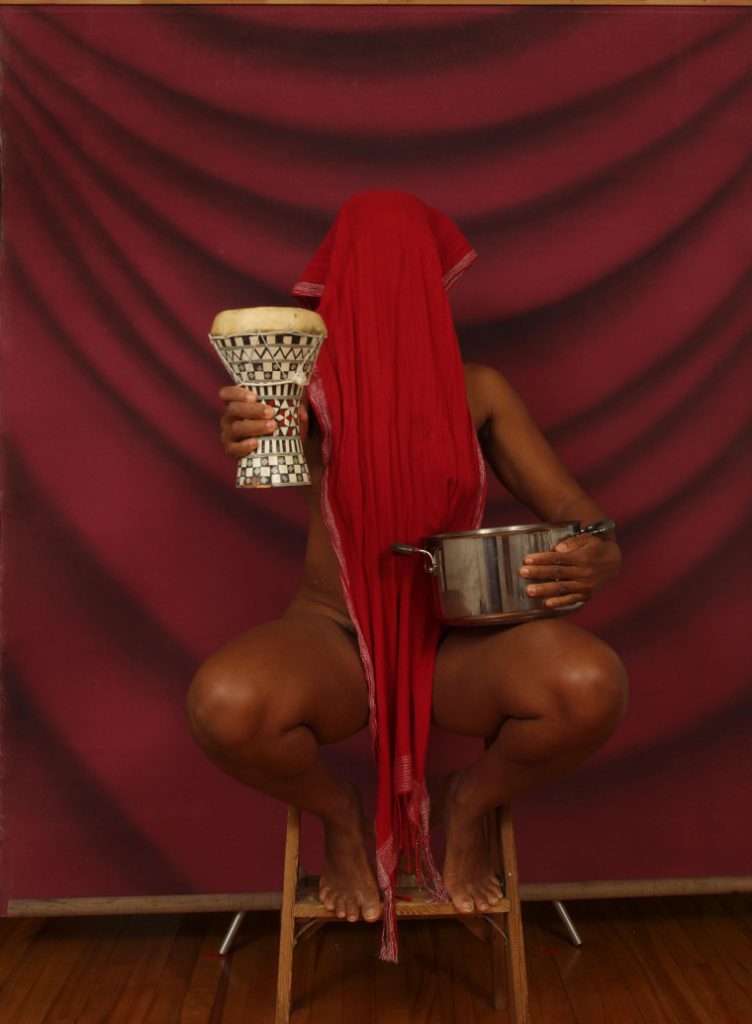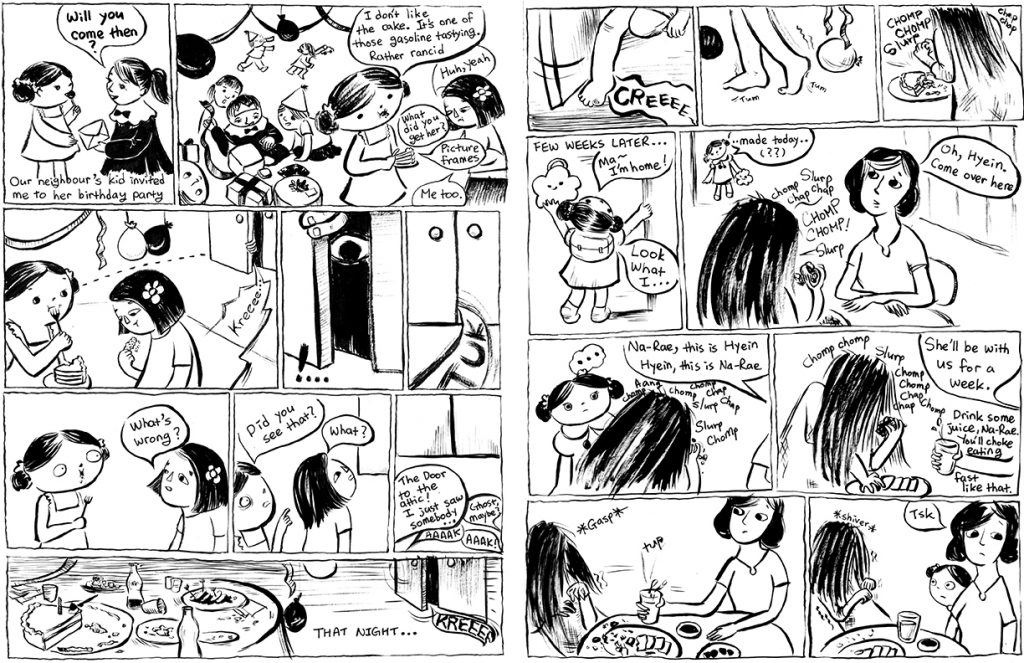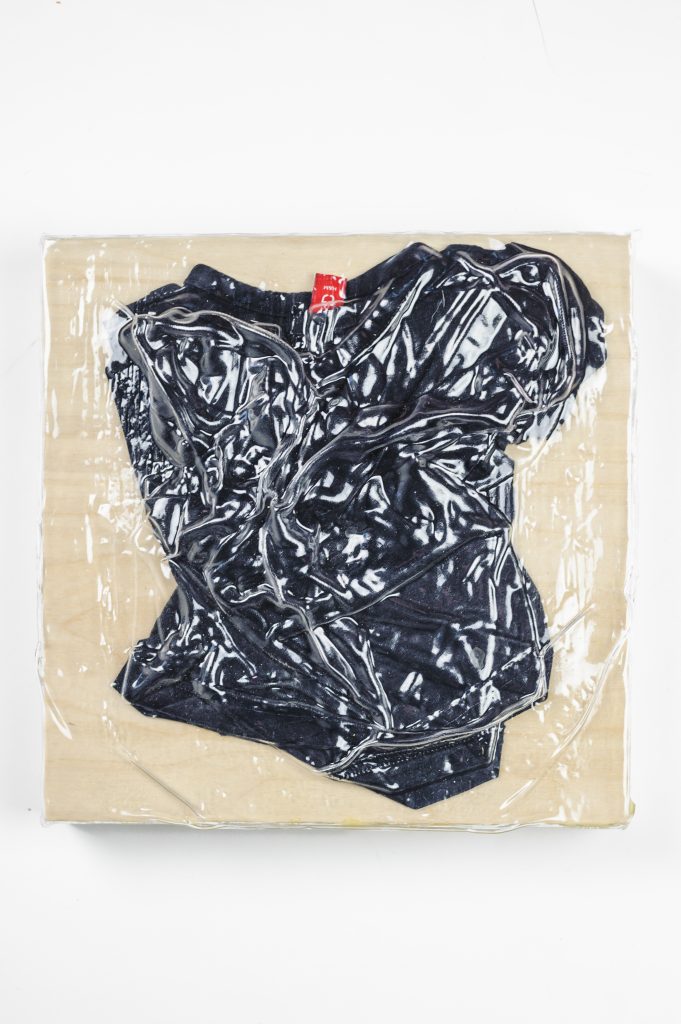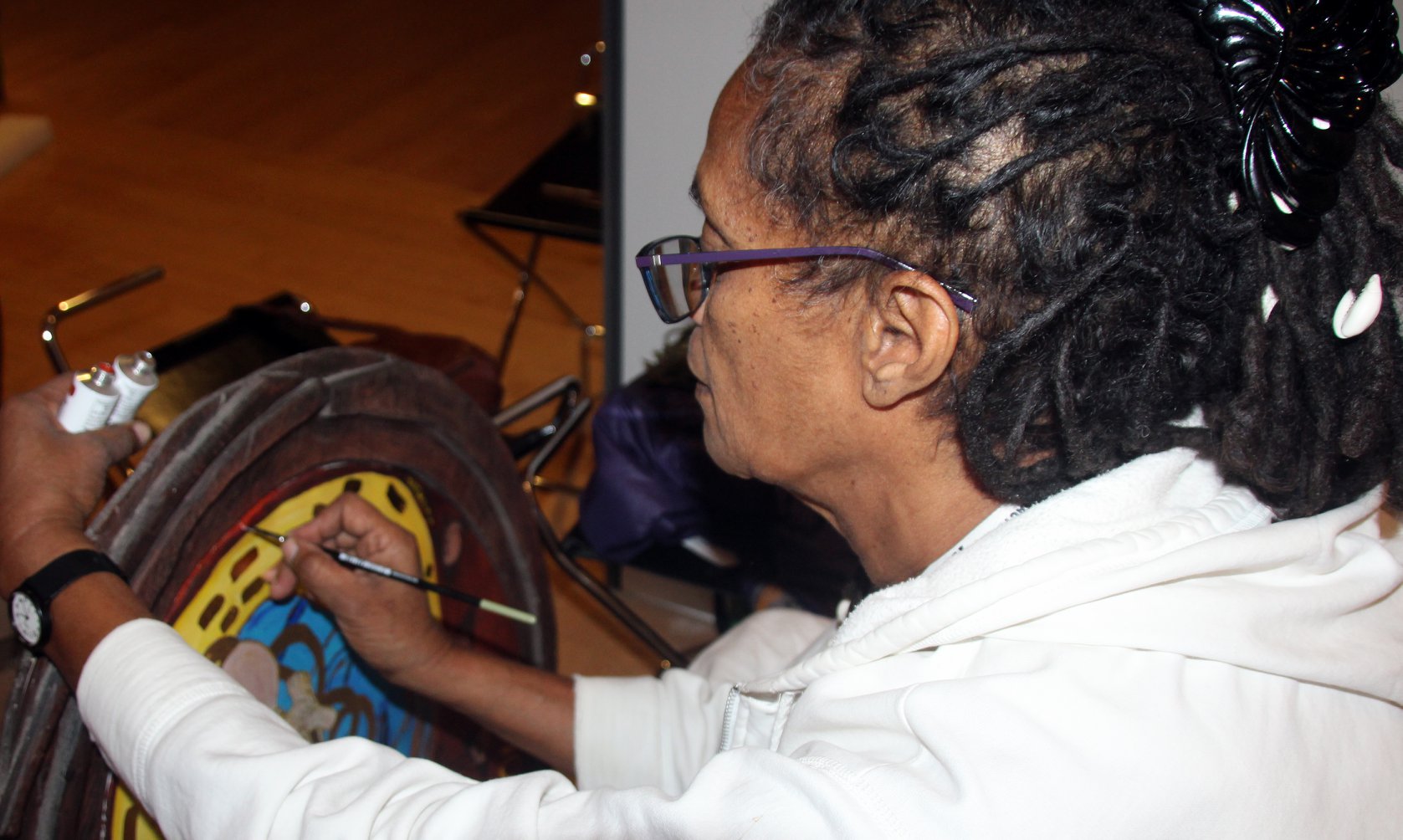
Women artists have been denied equal access to opportunities in the art market for too long. But there is a new wave of feminist art-preneurs, who are making sure women are smack dab in the middle of the canvas of possibilities. Here are four examples of women in the art market who are adapting to an ever-evolving business environment. Meet: The Techie, The Curator, The Art-preneur and The Collective.
The Techie
“Nobody does what I do,” says Candice Houtekier, 29, from her home in Toronto. She runs Art Collision, the only marketing agency in Canada focused on the fine art market using emerging technologies. After working at various commercial art galleries in Montreal and Toronto while a graduate student in Art History and Video Games at the University of Montreal, Houtekier quickly realized she didn’t excel at sales but had a gift for improving galleries’ presence in the market place through web design and social media. She remembers thinking: “Whoa, maybe I am more tech savvy than average.”
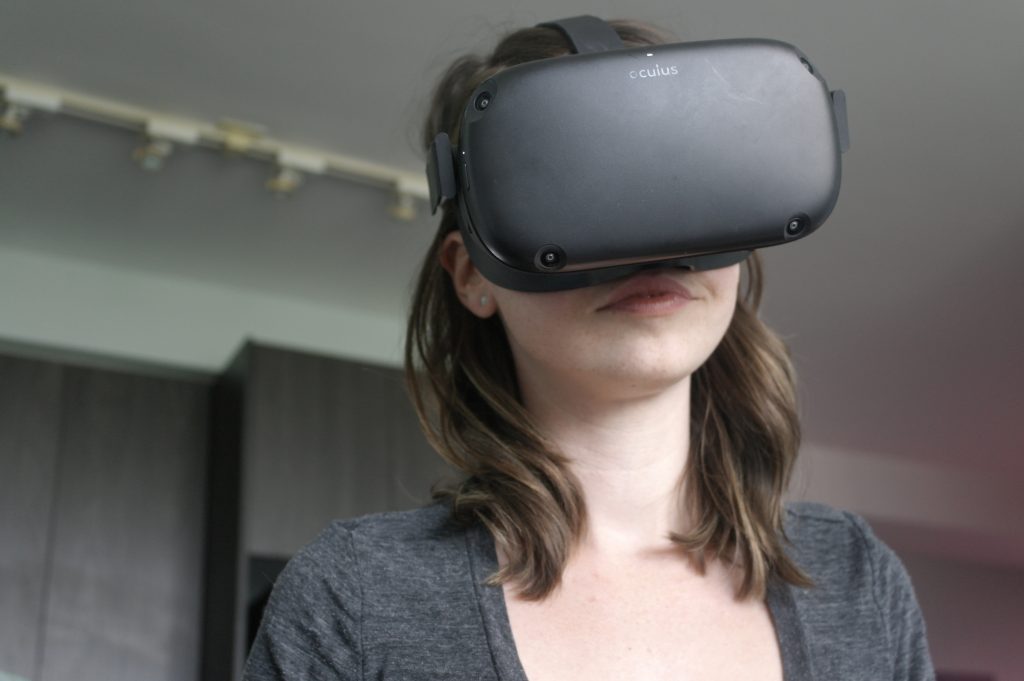
Houtekier turned that realization into a business. She launched Art Collision in 2019 to help art dealers, artists and art consultants build more and better connections. “My marketing agency has a real focus on new technologies like virtual reality (VR) experiences but also blockchain solutions,” the feminist entrepreneur said.
From Houtekier’s experience, established gallery owners are stuck in the status quo. They work their strong contact lists, meet collectors face-to-face and make a sale. “These people are really resistant to learn about the importance of having more females in their business, representing an equal number of male and female artists, representing artists of colour,” she said. “And they are very against new technology.”
Houtekier is helping to change the way the art world operates. She works with a new breed of gallerists who are ready to shake things up. “If they represent emerging artists, they’re going to try to have 50 percent women and 50 percent of men; they are going to try to represent more artists of colour,” she said.
Houtekier says Millennials and GenX consume differently than older collectors. “They act fast, they like to see prices, they like to have concurrent info about the artwork,” she said. “When you start to embrace new tools, new technology and you make the inventory more accessible, you start to see interest from this new generation.” To that end, beyond the obvious tools like well-designed websites and social media platforms, Houtekier creates virtual reality hubs where artists and art dealers can curate exhibitions and host live events. She is a co-director in Art Gate that offers these VR solutions.
Houtekier also helps clients navigate the new world of non-fungible tokens (NFTs), a unique piece of digital art that lives on a blockchain. If you Google ‘NFT and art’ you’ll find the story that made headlines around the world in 2020. Beeple’s compilation of digital images—Everydays: The first 5000 Days—minted as an NFT, fetched over $69 million US at auction-house Christie’s in March, 2021. While some women have had decent paydays for the sale of their NFTs, like Itzal Yard for Dreaming at Dusk (sold for 500 Ethereum, about $1.7 million US), women risk being left behind in this new art space. But Houtekier is helping her clients understand blockchain technology and how to accept crypto payment. While she can’t predict how NFTs will play out fully, Houtekier is convinced “It’s a flourishing business for the future of the art market.”
The Curator
The new breed of gallerists includes Toronto’s Miriam Arbus, founder of Sky Fine Foods (SFF) and Ottawa’s Carrie Colton, founder of Studio Sixty-Six. The two curators are making sure women and people of colour are not left behind—but placed smack dab in the middle of the canvas of the art market.
Arbus, 34, launched her virtual gallery at the start of the pandemic. The name ‘Sky Fine Foods’ was the name of a defunct corner store near her home that she thought would make a cool gallery one day. But SFF is 100 percent online where collectors view the art in virtual interactive environments. As reported in The Art Market 2021 there was a stratospheric rise in online art sales in the past year. The majority of buyers lived more than 1000 kilometres away from where they purchased a piece of art and had never stepped foot inside the gallery or met the dealer.

“Having this really flexible digital virtual presence where I’m not restricted at all because of physicality, I feel I can be really open to artists from all over,” she said. Arbus has attracted digital artists from around the world. Twelve of her fifteen artists are women. “In the digital art sphere that I hang out in, most people are vehemently fighting for equal access and raising up voices that have been put down, I think there’s really a strong generation of artists who want to make space and want to lift each other up.”
Arbus says her values of social justice and feminism are inextricably connected. For instance, twenty per cent of all SFF’s sales support Black Women in Motion and Black Artists’ Network in Dialogue (BAND) Gallery & Cultural Centre. Her values are also reflected in the focus of her artists’ work. Amanda Amour Lynx for instance, is a queer, Two Spirit, mixed Mi’kmaw interdisciplinary artist who combines traditional approaches with new media and digital art to explore important issues such as the environment, land and relationality and gender identity. It is also important for Arbus that her artists are supported and fairly compensated. Unlike traditional galleries where there is typically a 50/50 split, Arbus has more flexible arrangements on a project-by-project basis.
While Studio Sixty-Six’s Carrie Colton, 59, has a more traditional brick-and-mortar set-up, she also represents the new ethos of gallerists. When she opened her gallery in 2013 she seized the opportunity to do things differently. “I wanted cultural diversity right from the beginning,” she said. Colton represents twenty-one artists, half are women and several are people of colour. “I’m not a gallery that is trying to represent as many artists as possible so I can cover as wide a market and make as much money as possible,” she said. “I’m really trying to work with a small number of artists so I can really help those artists with their careers.” And Colton has seen a shift in collectors looking for help to diversify their collections. “The conversations are starting to happen and it’s really wonderful,” she said.
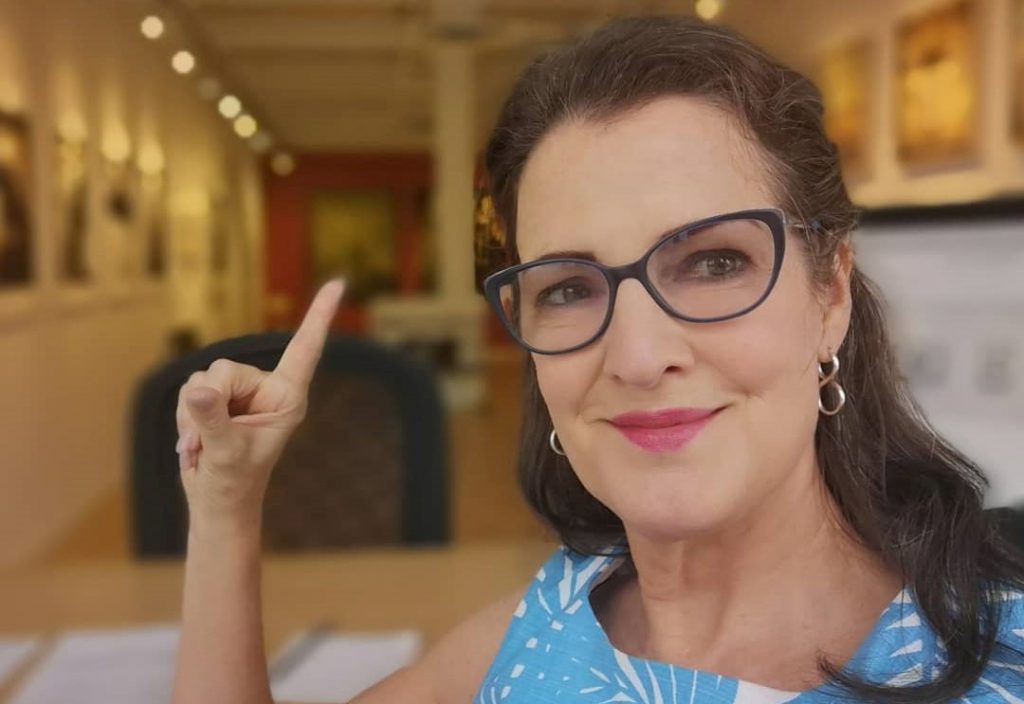
As an entrepreneur, Colton looks for different income streams but chooses carefully. She only expands in ways that help her artists. During the pandemic she researched NFTs, something she hadn’t given serious thought to until recently. “Playing in that matrix is very interesting to me because it’s a way I can help fund the artist and the gallery,” she said. She is in conversation with her artists about NFTs and plans to include them in next year’s catalogue.
The Art-preneur
Most collectors, according to the Art Market Mid-Year Review 2021, prefer buying art through dealers and gallerists because they value the trustworthiness and reliability of these professionals and have a greater confidence in the quality of the art. For artists there are benefits like those provided by Sky Fine Foods and Studio Sixty-Six: exhibiting their work, promoting their work through their own marketing channels, liaising with collectors and mentorship, to name a few.
But access to these benefits is harder for women. Despite holding about 70 percent of bachelor of fine arts and master of fine arts degrees in the United States (as reported in National Museum of Women in the Arts), women are under-represented in commercial galleries (a 2020 survey of eighteen top Toronto galleries found fewer than 40 per cent artists were women; artists of colour fared even worse). And while there is a positive trend of greater representation of women in the primary market, the share of women declines by the level of artist establishment, according to The Art Market 2020. Women’s work sells for less too, the median price in North America is $1700 lower than men based on 2019 internal data from Artsy
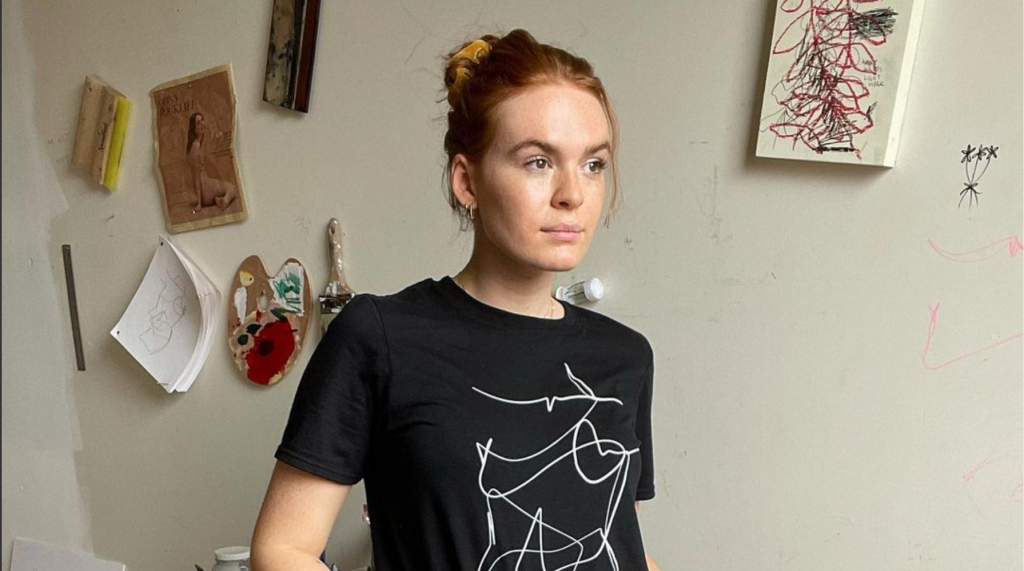
For Quinn Rockcliff whose minimalist nude sketches began as a way to reclaim her body after experiencing sexual abuse from her partner, it was about taking control of her destiny. Speaking from her new studio in Toronto, she said: “In the way galleries might overlook us, we can kind of bridge that gap ourselves online,” said Rockliff, 26. “I’m sure twenty years ago, I couldn’t just be selling my work.”
In addition to selling her commissioned nudes, Rockliff has a thriving e-commerce business selling totes, t-shirts and other wearable art on her website. 2020 was her busiest year. “There was a very clear push for individuals to support local in response to the pandemic,” she said. Many women artists turn to e-commerce as a source of additional income even if they are associated with galleries. Remember Amanda Amour Lynx from Sky Fine Foods? She too sells one-of-a-kind items like Tepknuset Language Sticker Packs.
While Rockliff is doing well on her own and appreciates not having to hand over a 50 percent commission to a gallery, she is still interested in pursuing representation. “There is a lot to be said for having someone else doing all the labour of getting your work out there and presenting it in a good way,” she said.
Since graduating with an MFA from OCAD in 2019, Rockliff has learned a lot about entrepreneurship, mostly self-taught. “The interesting thing about being an artist is there are so many routes you can take and I feel that makes it trickier to teach in school,” she said. Another part of Rockliff’s value proposition is collaborating with corporate brands, something many successful artists are doing now.
One has to be savvy though. She observes many offers are not thoughtful ones since some companies only engage artists to make their brand look more grassroots. “They’re not in the community helping artists,” she said, “but using them to seem better.” Quinn’s collaborations have gone well, like the validating and positive experience she had with H&M. “It made people take me more seriously and allowed me to go on and do greater projects.” One of her guiding principles is only engaging with a brand if it is a true collaboration and she retains her name on the image. Still, it can be complicated to accomplish this, and contract properly. “I feel I need a lawyer half the time to talk to these people,” she said.
The Collective
It takes a lot of hard work and a strong entrepreneurial spirit like Rockliff’s to make it in the art world. While there are big paydays for some artists (remember Beeple?) the majority make a pittance. The 2016 median earning in Canada was $20,000 (CAD) according to 2016 statistics published by Hill Strategies. For women, the starving artist cliché is especially true.
If the art world isn’t tough enough on women, women can be tough on themselves. Even someone as accomplished as Winsom Winsom—a 75-year-old Canadian-African-Maroon-Arawak-Romani-Scottish artist—who was the first Black artist with a solo exhibit at YYZ Gallery in Toronto; member of the first group of Black Canadian artists to show at the Art Gallery of Ontario (AGO); the first Black person to receive an honorary doctorate from the Ontario College of Art and Design (OCAD)—has a hard time assigning a monetary value to her work. But as her friend and two-time Juno award winning, spoken-word dub poet and Lillian Allen reminded her: “That’s old African ways. Now you have to talk yourself up.”
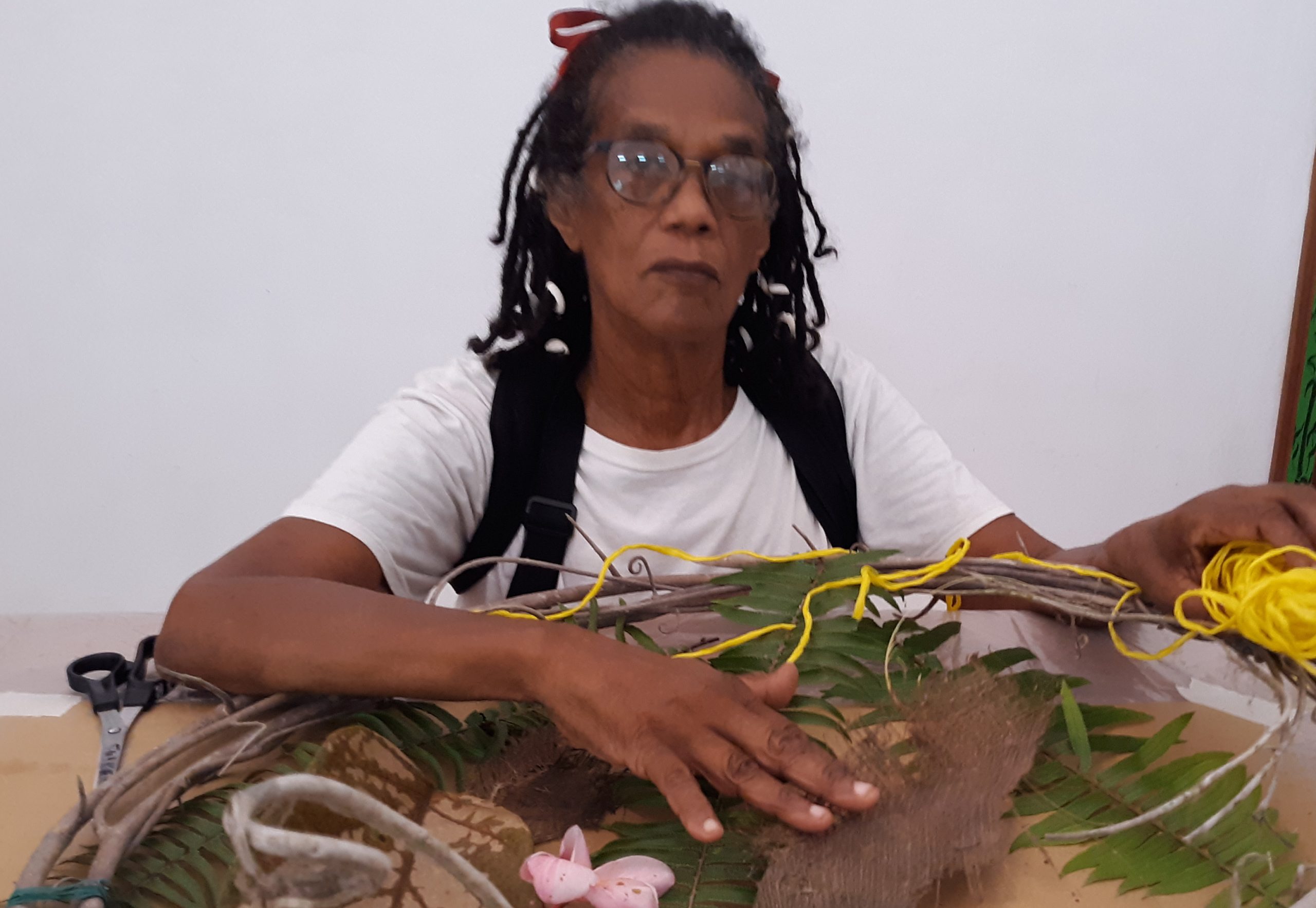
The bright spot in this bleak canvas is how women are holding each other up. They are helping each other gain confidence, sustain their practice and secure opportunities. Community is often the backbone of women’s success in any endeavour.
For many artists having access to free platforms like Instagram, Facebook and Tik Tok is a way to develop and engage a community. For Rockliff, it was the outpouring of support of her online community that encouraged her pursue art as a vocation, not just a hobby. “My origin story is I started posting my art online to get my feelings out,” she said. She sparked lots of dialogue with others about art, consent, being a survivor.
Communities of women are working to ensure women get their fair cut of the NFT pie. The world of NFTs is dizzying. And intimidating. But running towards the possibilities of NFTs rather than running away can have a serious upside. Women of Crypto Art offers courses like ‘Setting up a Mobile Tezos Wallet’—perhaps in response to the fact that only 15 percent of cryptocurrency users are women, which obviously poses a barrier to enter the NFT world—and ‘Minting your Artwork on Hicetnunc’. All-women NFT shows like Grafitti Queens organized by Crypto Luna and one on International Women’s Day are gaining attention. Michele Pred, one of the International Women’s Day exhibit organizers, told artnet: “We want to see more diversity in the work being shared in digital marketplaces, and we want to see BIPOC women especially benefitting from this boom.”
Toronto artist Jenn Long, 47, a former assistant professor & associate chair of cross-disciplinary art practice at the Ontario College of Art and Design (OCAD) co-founded the Feminist Photography Network (FPN) to promote and sustain women’s art. Long said it is as much of an accomplishment for a woman artist to still be doing art mid-career as it is to be making money from it. “Probably more of an accomplishment,” Long said.
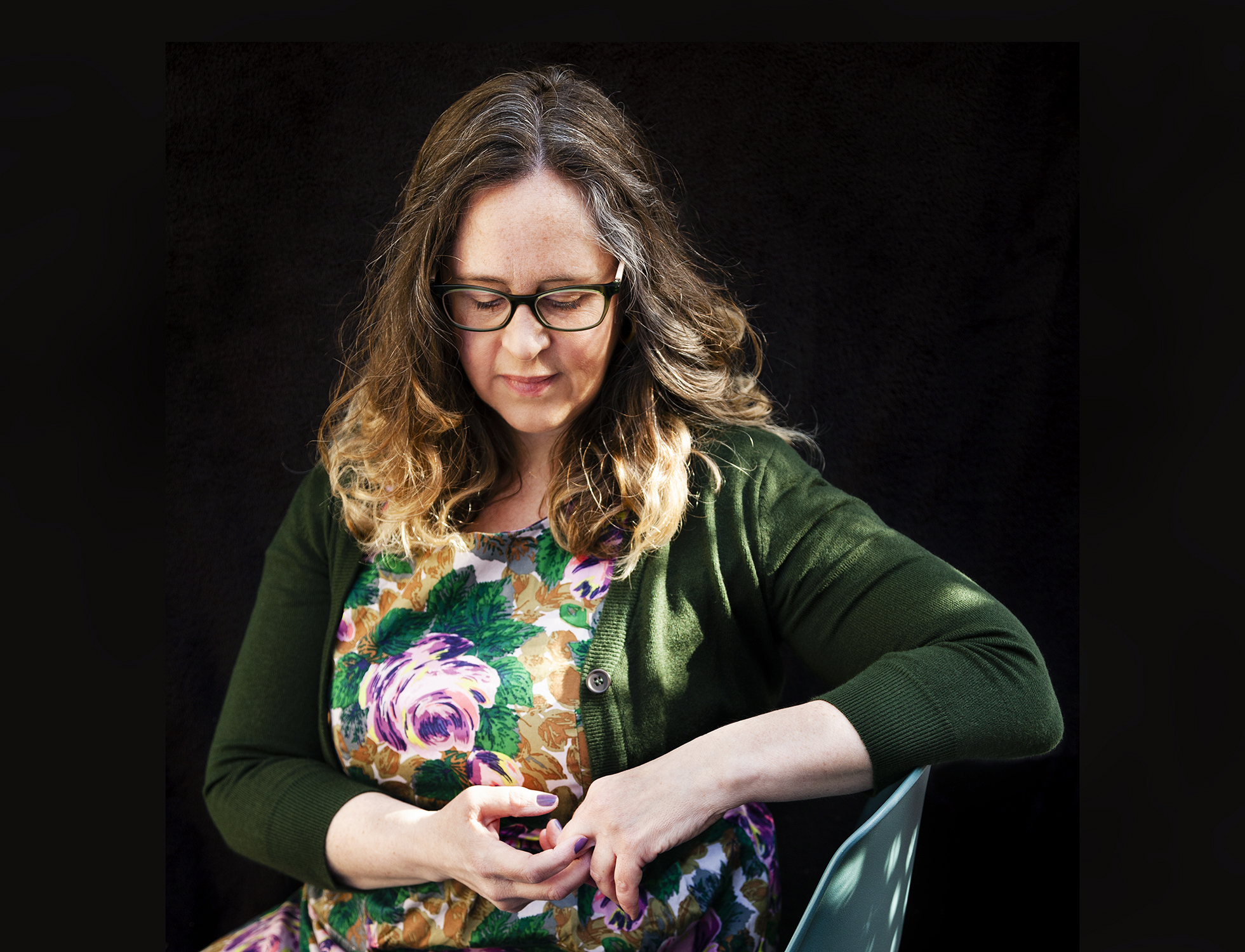
Long has consciously developed a diverse community of photographers, which is obvious from FPNs beautifully curated Instagram account. “I developed my eye and sensibilities within a conventional system,” Long said. “I went to university and was taught mainly by white men.” The network provides a safe place where artists can bounce ideas around without judgement. Their online residency which attracts photographers from Canada and abroad further builds community through mentorship and peer support. “For women it is about knowledge sharing and supporting each other,” Long said. “If one person moves forward, everyone moves forward.”
The other benefit of any network, as men have benefitted from for so long, is that opportunities are often hidden and happen through word-of-mouth. “If someone is looking for an artist for a show to profile, I’m more than happy to wrack my brain,” Long said. “And it tends to be in my community circle.” Long says many communities of women exist in the world of art like:
Black Women in Visual Art, Mentoring Artists for Women’s Art, Mothra Artist-Parents, Artist Residency in Motherhood, 44.4 Mothers/Artist Collective.
A Canvas of Possibilities
There’s still a lot of work to do in the art world to showcase more women and give art lovers access to a fuller range of the human experience. Yet, it feels like a hopeful time for women in the arts.
Women are helping women see a new canvas full of possibilities. And isn’t seeing things in a new light the purpose of art?
Publisher’s Note: This is the first in a series of four articles focused on feminist artpreneurs. Watch for more in 2022!
Related Reading
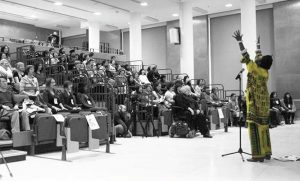
The Art of Change
A feminist collective comes together to bring real talk to the art world.

The Power of Love—and Trans (National) Collaboration
“Today [International Trans Day of Visibility] is a beautiful day–something that means more and more to me as I have become less visible as a trans-guy”-T. Thomason
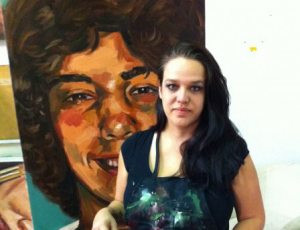
Ilene Sova: A Woman of Action
“As someone who disagrees with how the system works today, and as a feminist activist, I wake up each day asking myself what will I actually do to change it?”-Ilene Sova, Founder of FAC




